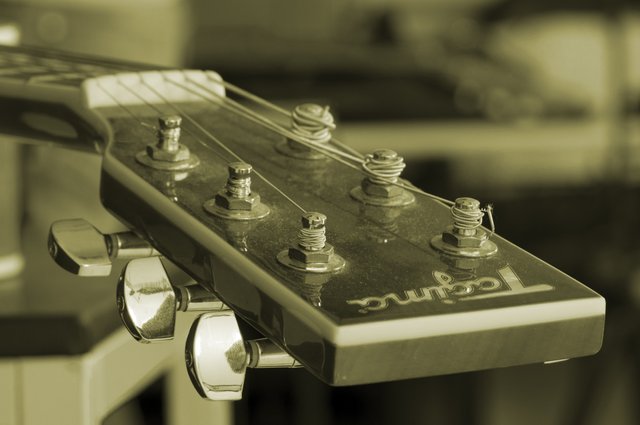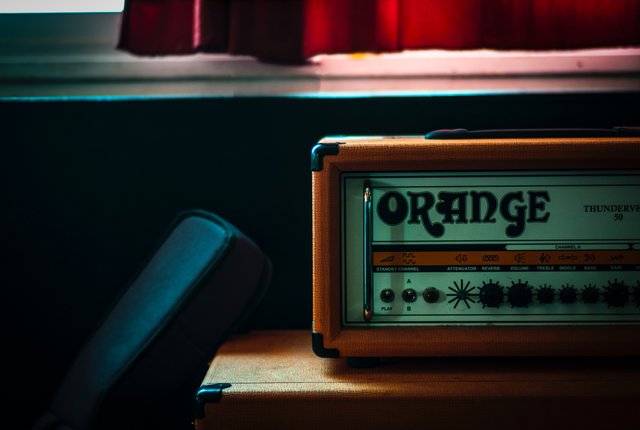RECORDING AN ACOUSTIC GUITAR : Some Technical Insights

source
With a very expressive sound and extremely wide dynamic range, the sound of the acoustic guitar encompasses almost the entire audio spectrum. Because of its broadness in both frequency and dynamic range, it is always a good idea to use the very best of microphones that are available while recording an acoustic guitar. Dynamic microphones are good for this task but it's not always the best option especially when it comes to recording the very quiet parts. Because of the very extended frequency range of the capacitor microphone which always allows it to adequately capture the most subtle high-frequency details of the acoustic, it is always the best option for recording an acoustic guitar.
Also, a very important thing to consider before microphone placement is the acoustic of the room you are recording in. A room with a hard floor and some other hard surfaces like an empty living room, a church, and the bathroom will give you a sound with more character because of the various reflections. This may sound great and cool but it also comes with a price which is “difficulty in control”. I love when I play my guitar in an empty room with a hard floor, it just sounds superb. But recording or playing in a room with some furniture and absorbing materials will give you a tighter sound because of absorption. So choosing the room and the spot in the room to record is something you should figure out by yourself with your ears. Trust your ears and do what sounds just good.
Microphone positions
Some people will always be tempted to put the microphone very close to the soundhole of the acoustic guitar because they want to get just the right level while recording, but this will affect the guitar tone adversely as the guitar tone will be heavily colored by body resonances and this will result in a very dull and boomy sound (proximity effect). Though these body resonances are very essential parts of the natural timbre of the acoustic guitar and thus, are what gives the acoustic guitar sound its depth, the very essential details that give the complete sound, comes from elsewhere.
Various parts of the acoustic vibrate differently and the different parts of the acoustic guitar generate different and unique sounds, the strings, fret, neck, belly, and the headstock combined with room acoustic all contribute to the overall sound of the acoustic guitar we hear and this is why pointing a mic just to the soundhole of the acoustic guitar is never gonna give us an accurate sound. A lot of arguments have been put forward by a lot of experts concerning the right microphone positioning for recording an acoustic guitar. Some have said that the only you are going to get an accurate acoustic guitar sound is where the audience would normally sit which is several feet from the acoustic guitar and the player while some of argued that suspending two microphones close to the player's ears is always the best option. The bottom line here is experimentation and letting your ears be the judge.
Tone
A mild boost around 14kHz and rolling off some bass will help it sit better in the mix and also brighten it up. Harsh boosts should be avoided as this has a tendency of making the guitar sound very unnatural. Subtractive EQ is also very much encouraged because the human ears will less likely detect than boosts.

source
The right microphones
As stated earlier, the most important thing when recording an acoustic guitar is choosing the right microphone. Because of the lack of top-end response of dynamic microphones, using dynamic microphones often gives a somewhat lifeless sound. But if a dynamic microphone is what you have then you should try not to point it directly and too close to the soundhole just because you want to get enough levels. A distance of 14- 17 inches away from the guitar is very okay. Also aiming a dynamic mic at the point where the guitar neck meets the guitar body is also a good option, even though you are going to capture a little noise but the sound is not gonna be awful. Moving the microphone closer to the body will give a warmer tone while moving it towards the neck will give a brighter tone. So you let your ears be the judge.
A capacitor microphone is always the best and polar patterns doesn't really matter except in cases where the acoustic of the room is just so amazing that you just have to use an Omni to capture it all. In cases where multiple microphones are being used, the “three to one” rule should always be remembered to avoid phase cancellation issues. If the mics are placed two feet from the acoustic guitars, then it is advisable that each mic should be at least six feet apart. A figure-of-eight microphone will be very useful in rejecting spill due to the null point that exists exactly 90 degrees off axis.
Other things to consider are mono or stereo recording, acoustic guitar equalization (EQ), and reverb. It is very unfortunate that I can't cover all of the topics as this is a very wide one, wide enough to be a book on its own. I would recommend further studies if you really want to get serious about recording and don't forget the power of your ears and experimentations. I hope this little helped someone.
I am on the quest of becoming a professional audio engineer and record producer someday and it only gives me great pleasure to share my little knowledge with you. You can listen to my sounds and my most recent projects here.
Reference: The sound on sound book of recording and production techniques